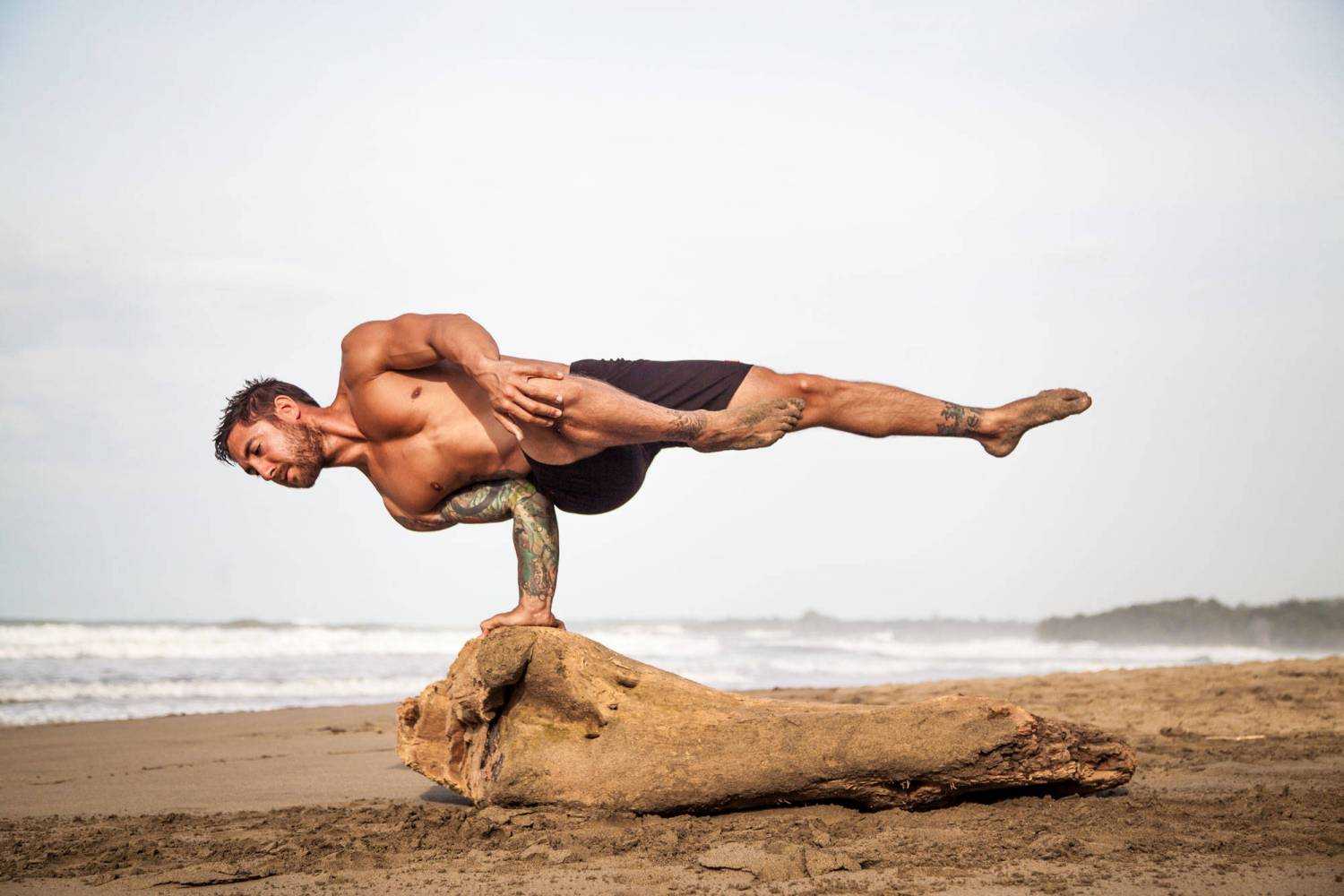BY: TRISHA CURLING
When I started practicing the physical aspects of yoga (poses/asana) I thought I would just try to learn a couple of things that seemed cool to say that I could do. Maybe you have done it too? Even as I progressed more into the physical practice I still said things like, “I can’t wait to get my foot behind my head!” At the very beginning, I treated it much like it was only for “sport” and I put less emphasis on its healing capabilities for the mind. Things began to shift a little bit when I noticed more of the mental benefits yoga had to offer. I loved how after a stressful day, it would make me feel more at peace. As I began to study yoga more deeply, my practice changed. I learned and continued to learn that it is much more than the physical and that it is not restricted to the time spent on the mat. It is actually a marriage between the philosophy and the physical. It is a way of life.
In yogic philosophy, there are eight limbs of Yoga and Asana (poses/postures) are actually third on the list. Before that, we have the Yamas (the “don’ts”) and the Niyamas (the “do’s”) or what also might be known as the “ethical practice of yoga”. Within the Yamas and Niyamas are ten “tenets” (5 Yamas and 5 Niyamas).
Within the Yamas, there is Ahimsa (non-violence or compassion), Satya (honesty, not to wish for things to be different from what they are), Asteya (not desire what isn’t yours), Brahmacharya (moderation in all things), and Aparigraha (non-greed).
The Niyamas include Saucha (purity of body & environment, as well as in deed and thought), Santosha (contentment, being present), Tapas (self-discipline, simplicity, removal of distraction), Swadhyaya (self-study, mindfulness), and Ishvarapranidhana (to let go of the ego sense)
(Tiffany Cruikshank, Yoga Medicine Teacher Training Manual – 200 Hrs).
It’s a pretty heavy list, how can one be true to all of these things all the time? We can’t, we are human, so it is always a work in progress. There is so much to be said about all of these things, but let’s look at just a few of these tenets in relation to Asana.
If we consider the first Yama, Ahimsa (compassion) in relation to our physical practice, we must keep this in mind as we move from pose to pose. Yes, there should be a degree of challenge, but we should never push ourselves to the point of pain in a given pose, especially with the goal of achieving the pose for vanity. This potentially leads to injury. Sometimes we think of compassion as an external expression toward others, but we must be equally compassionate to ourselves. Does this not sound the same as the Niyama, Ishvarapranidhana (letting go of the ego)? Yes, when we step onto our mats, we must work to leave our egos behind. It is human nature to want to compare ourselves to others and wonder why someone else can do something and we can’t. There are many factors to consider, like the length of practice, injury, our physical or bony structures, or even our goal for the practice on a given day.
This is the beauty of yoga. It teaches us to be mindful (Swadhyaya). It teaches us to look within, without comparison or judgment. It teaches us to learn how to be content with our abilities (Santosha) while learning to be patient. If we come to our mats with the perspective of this union between the philosophy and the physical, this is indeed yoga, the yolk, the union.

